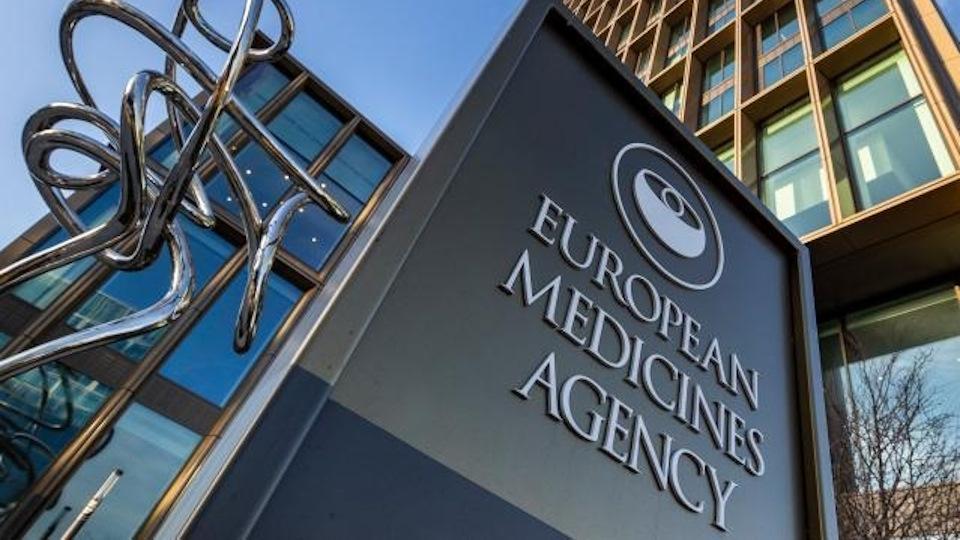High-value, high-cost drugs: how to pay for them

Experts call for urgent development of new funding mechanisms for innovative treatments to improve access. This is the first article in a two-part report covering a recent Pharmaceutical Directors’ Club meeting in London.
Pharmaceutical innovation has entered a golden age. For the first time, drugmakers are offering treatments to patients which actually cure, rather than just control symptoms, for conditions ranging from large-population illnesses such as hepatitis C to ultra-rare and life-threatening conditions, including cancers, which affect very small groups of patients.
This unprecedented rate of innovation is set to continue, and includes significant advances in treatments for conditions affecting large patient populations, such as Alzheimer’s disease. But experts at a recent meeting of the Pharmaceutical Directors’ Club (PDC) in London have called for urgent action to develop new funding mechanisms so patients can benefit, as high price tags are already proving unsustainable for healthcare systems.
Industry’s failure to explain
The research-based industry has long sought to explain to consumers and patients why so many of its innovations carry eyewateringly-high price tags, but so far with little success.
In the US, high prescription drug prices were a major feature of both the Democrat and Republican presidential campaigns, with both sides continuing to vilify leading drugmakers for their pricing policies. And the irony is that pharmacy benefit managers (PBMs), which receive hefty discounts from manufacturers but all too often fail to pass these on to patients, “have been very successful at improving their public image, while pocketing the discounts,” one leading industry watcher told the meeting.
“There has to be more honesty, at all levels. Companies could be more transparent about the discounts they are providing – and doing so could be advantageous to them, both politically and in terms of public relations,” she advised.
Sanofi chief executive Olivier Brandicourt also recently suggested that legislation might be necessary to ensure that PBMs actually do pass the benefits of lower prices on to patients.
Drug pricing and access remain high on Europe’s political agenda, the meeting heard. Currently, of the 5% - 8% of European Union (EU) citizens with a rare disease, just 0.5% have an orphan medication developed for their condition, yet spending on such therapies already accounts for around 3.5% - 5.5% of total healthcare spending across the EU.
While EU policymakers are not seeking to create any central pricing and reimbursement agency, they are encouraging initiatives aimed at boosting access, making pricing more consistent across the region and streamlining the review processes; for example, several groups of member states are now developing joint price negotiation arrangements.
EU legislators remain highly critical of industry pricing and profits. In September 2015 the Council of Europe called on pharma companies to be more transparent in their pricing structures and interactions with health sector players. And in October 2015, EU Commissioner for Health and Food Safety, Vytenis Andriukaitis, announcing the creation of a working group to examine new financial models to increase patient access to innovative medicines, noted the “increasing interest among member states to reflect jointly” on these issues.
Then in June this year, Dutch Health Minister Edith Schippers told parliament that, following her most recent round of price negotiations with manufacturers, spending on very expensive new medicines could drop as much as 203 million euros in 2018, compared to savings of 13.9 million euros in 2014, the first year of the negotiations. Pointing to the industry’s high profit margins, she has also called for a re-examination of the incentives available to the sector.
“These are issues of industrial economics, not health economics,” a market access expert told the PDC gathering, adding that he expected more research to be published in this area over the coming year.
So, while innovation is still the way forward, payers – now the most influential stakeholders in healthcare by far – will no longer pay unquestioningly.
World’s most expensive drug ‘a failure’
New, highly effective and expensive treatments are already changing the current funding situation in a variety of ways. As a result of its $1 million price tag, the western world’s first approved gene therapy, UniQure’s Glybera (alipogene tiparvovec) for the rare blood disease lipoprotein lipase deficiency (LPLD) has been branded a failure. Despite being approved back in 2012, by mid-2016 Glybera - the most expensive drug in history - had received funding for just one patient.
And while the world’s largest-selling drug, Pfizer’s statin Lipitor (atorvastatin), made lifetime sales estimated at more than $131 billion, these were achieved over many years between its launch in 1996 and patent expiry at the end of 2011. In contrast, while the new hepatitis C treatments such as Gilead Sciences’ Sovaldi (sofosbuvir) create enormous savings for healthcare systems by keeping patients out of hospital and curing them, they require high upfront spending within short periods of time. “But this is not how forward planning works in healthcare systems,” a leading market watcher told the PDC.
Alternative funding mechanisms which are being tried include: differential pricing, which widens access to patients who have had their treatment restricted as well as potentially offering fairness for both the company and healthcare systems; and performance-related price deals, which have shown mixed results so far. These processes need to be explored further, as do more radical alternatives, a leading market analyst told the PDC; for example, she suggested that an upfront sum could be paid by a third-party lender directly to the manufacturer at the time of product launch with the third party getting the right to future revenues. However the risk here is that the revenue stream envisaged by the finance provider might not be realised.
So what is to be done? “We need to focus more on volume than price, and we need to get more active and cleverer at engaging with patients – and with academics and clinicians – to establish real partnership values,” said a leading industry figure at the meeting. “We will get better at what we do with real-world data – that will show the impact of true innovation. And with R&D spending likely to be flat over the next decade, we have to work smarter, and identify where money is being wasted,” he added.
Value: different things to different people
Increasingly, companies are having to show that their new products represent ‘value’, but that means different things to different people, not least among Europe’s reimbursement and health technology assessment (HTA) agencies.
Research presented by US-based biotechnology company Amicus Therapeutics into the criteria used by HTA agencies in 12 European nations to make reimbursement decisions shows that all (Austria, Belgium, Switzerland, Germany, Finland, France, Netherlands, Norway, Sweden and UK) take account of a product’s ‘therapeutic benefit’ plus its ‘patient benefit’. However, only seven (Austria, Belgium, Finland, Netherlands, Norway, Sweden and the UK) consider its ‘cost-effectiveness’.
Its ‘budget impact’ is taken into account by six of the group (Belgium, Finland, France, Netherlands, Norway and the UK), while its ‘pharmaceutical/innovative characteristics’ are examined by Austria, Belgium, France, Netherlands and the UK, and the ‘availability of therapy alternatives’ by Austria, Netherlands, Sweden and the UK.
‘Equity considerations’ are an issue for just Norway, Sweden and the UK, while ‘public health impact’ is examined by France alone, and only Finland takes the product’s R&D into consideration.
Early access
EU policymakers are also thinking about how to streamline the assessment of medicines, by widening the use of early access schemes, for example, which have proved successful in speeding up availability in countries such as France and Italy, to other EU member states. And in March 2016, the EMA launched PRIority MEdicines (PRIME), a voluntary scheme based on enhanced interaction and early dialogue with developers of priority medicines that target unmet medical needs, designed to get them to patients more quickly.
This is a positive development, although there is a risk that lack of coordination between regulators and payers may not mean that faster regulatory approval leads to faster access, delegates heard.
Moreover, while early access schemes are hugely beneficial to patients, the immature data which accompanies these products’ early availability cannot predict what, ultimately, their true benefit will be.
What is crucial in this new landscape is that all stakeholders – regulators, HTA and reimbursement agencies, patient organisations and industry – can agree on what constitutes ‘value’.
In 2015, in their Joint Call to Payers to improve healthcare access in the EU, the rare disease group alliance EURORDIS, and the European Patients Forum, specifically demanded measures to support wider price negotiations and early dialogue between payers and drug developers – and with upfront agreement between industry and payers on how to approach value.
‘Fundamentally, all stakeholders … need to rethink radically how new treatments reach patients faster and more affordably, while allowing health care systems to be sustainable and drugmakers to bring their innovations to market,’ the Joint Call stated.
About the author:
Lynne Taylor is a freelance writer and editor specialising in pharmaceutical issues.
This report covers the discussions at the November 2016 Pharmaceutical Directors’ Club (PDC) meeting.
Part 2, to be published tomorrow, examines the NHSE and NICE consultation on plans to introduce fast-track appraisals for new products that offer exceptional value for money, plus details of the development of Managed Access Agreements.
The PDC is an independent, issues-driven forum for senior executives, which meets three times a year. It is organised by an industry executive steering group that proposes and then commissions, research among 600 industry directors, as the basis for the following meeting.
The next meeting takes place on 27 April 2017, in London. Contact Jill Payne, jill@ptbusinessgroups.com to participate in the research or attend.












